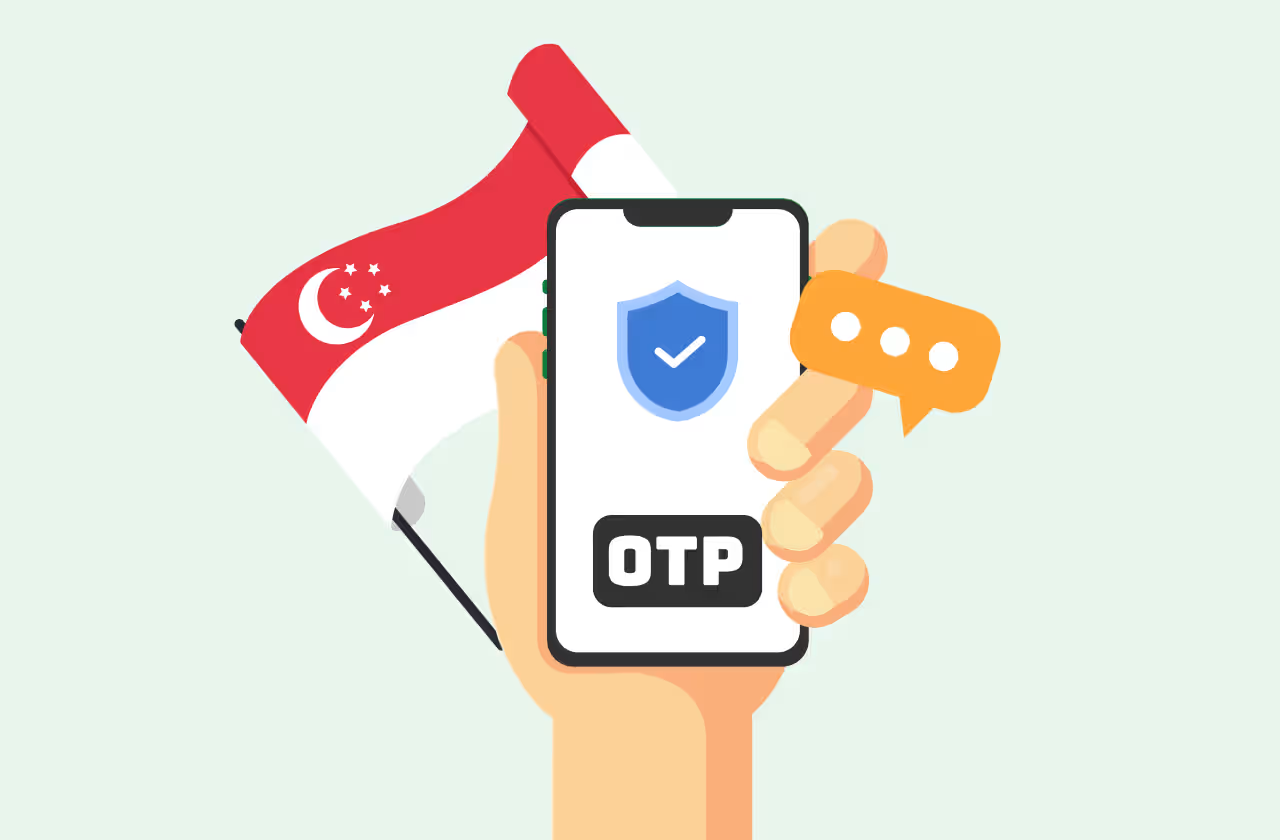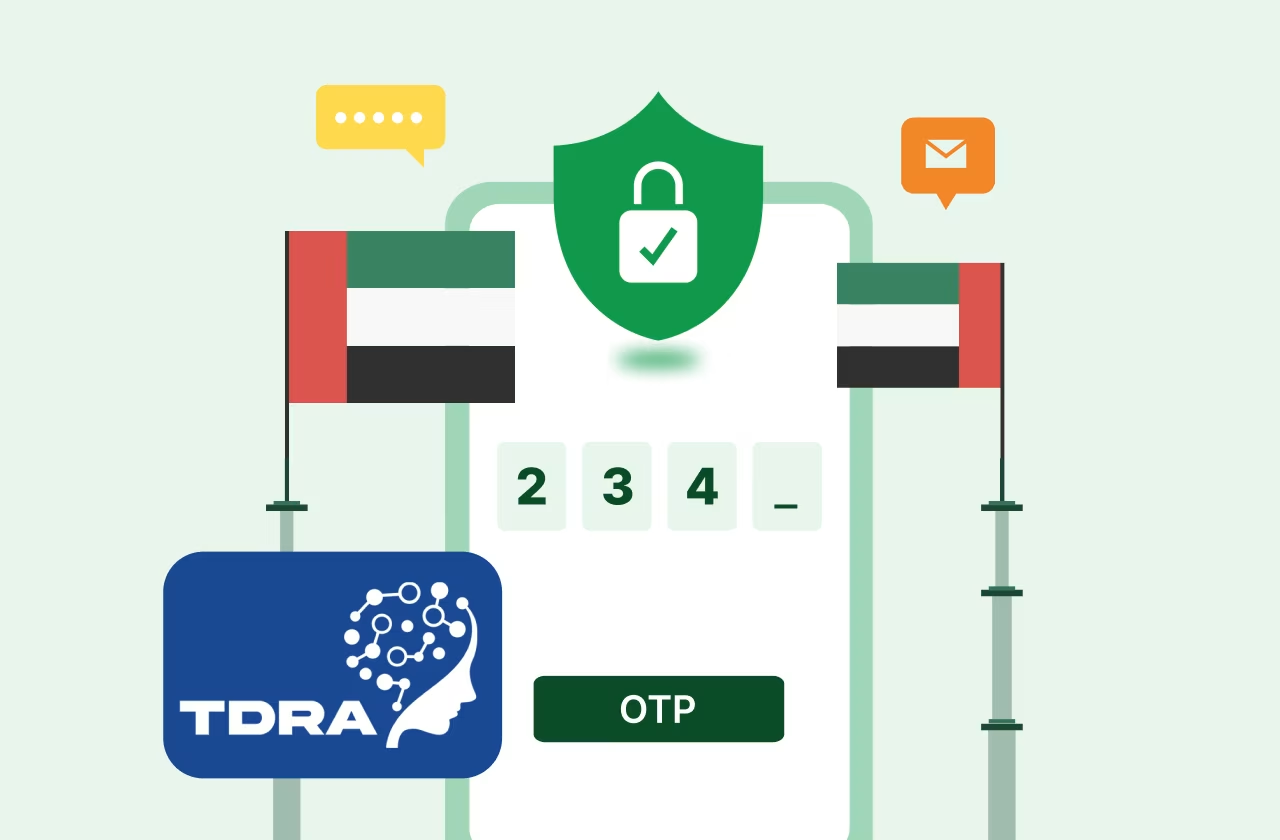Key Takeways
Texting short codes can significantly improve communication efficiency. Research shows that 95% of support calls costs can be reduced texting. However, despite their benefits, there are times when you might not be able to send a text to a short code.

What are Short Codes?
Short codes are special telephone numbers, typically 5 to 6 digits long, used for sending and receiving SMS and MMS messages. They are designed to be easy to remember and are often used for mass communication, such as marketing campaigns etc.
You can read more about the same in our guide on short codes. Below mentioned are the different types of short codes:
- Dedicated Short Codes: Dedicated short codes are rented exclusively by one business, ensuring unique and consistent branding.
- Shared Short Codes: Shared short codes are cost-effective, used by multiple businesses, each identified by a unique keyword.
- Vanity Short Codes: Vanity short codes are customized to spell out words, making them memorable and effective for engagement. They enhance brand recognition and customer interaction but are more expensive.
- Random Short Codes: Random short codes are a series of numbers, either dedicated or shared and are more affordable than vanity codes.
Why Can't Someone Text Short Code?
Some reasons why someone cannot send short codes are:

1. Carrier Restrictions
Some mobile carriers may restrict texting to short codes. This can be due to regional regulations or carrier-specific policies. You’d need to check with your carrier to see if they support the specific short code you are trying to text.
2. Subscription Plans
Your mobile plan might not include access to short code messaging. Some plans, especially prepaid ones, might exclude this feature. You may need to upgrade your plan to access short code services. Contact your carrier to confirm your plan’s details.
3. Network Issues
Temporary network outages can affect the ability to send texts. Coverage gaps or weak signals can also cause problems. Try texting again when you have a stronger signal. Check if other text messages are going through to rule out general network issues.
4. Short Code Unavailability
The short code you are trying to text might no longer be active. Short codes can be deactivated or reassigned. Ensure the short code is currently in use by the service provider. Look for any announcements or updates from the service provider.
5.Incorrect Number Format
Short codes must be entered correctly to work. Mistyping the number can result in failed texts. Double-check the short code before sending your message. Ensure there are no extra spaces or incorrect digits.
6. Blocking by User Settings
Your phone settings might block short code messages. Parental controls or spam filters could be the reason. Review and adjust your message settings if needed. Look for any settings specifically related to SMS blocking.
7. DLT Registration
In some regions, sending messages to short codes requires registration with a Distributed Ledger Technology (DLT) platform. Carrier might block the messages for incomplete registration however, with Verify Now you can skip DLT SMS registration for sending OTP SMS.
8. Service Provider Limitations
The service provider using the short code might restrict access. Some services only work with certain carriers or regions. Check the service provider’s guidelines for using their short code. Ensure you meet any specific requirements they have.
9. Technical Glitches
Software issues on your phone can prevent texts from going through. Restarting your phone can sometimes resolve these issues. Updating your phone’s software can also help. Consider resetting network settings if the problem persists.
10. Insufficient Balance
If you are on a prepaid plan, you might not have enough balance. Sending texts to short codes can sometimes incur charges. Ensure your account has sufficient funds to cover these charges. Top up your account and try texting the short code again.
11. International Restrictions
Short codes are typically region-specific. Texting a short code from another country might not work. Use a local number or service if you are traveling. Verify if the short code is supported in your current location.
How are Short Codes Used in Businesses?
Short codes offer unique advantages that can enhance marketing efforts, improve customer engagement and streamline operations.
Here’s a detailed look at why short codes are important for businesses:

- Enhanced Customer Engagement
- Short codes enable businesses to create interactive campaigns, such as voting, surveys, and contests, encouraging customer participation.
- Customers can respond to messages, providing immediate feedback and engagement opportunities.
High Throughput
- Short codes can handle high volumes of messages, making them ideal for sending text blasts quickly and efficiently.
- Stheir messaging efforts without worrying about delays or message delivery issues.
3. Increased Brand Recognition
- Short codes are easier to remember than long phone numbers, helping customers easily recall and interact with the business.
- Consistent use of short codes in marketing campaigns helps in building a recognizable brand presence.
4. Improved Deliverability
- Short codes are pre-approved by mobile carriers, which means messages are less likely to be flagged as spam, ensuring higher deliverability rates.
- The approval process also ensures that messages are sent reliably and reach their intended recipients.
5. Regulatory Compliance
- Short codes OTP SMS are regulated, ensuring businesses adhere to industry compliance, which helps in building trust and avoiding legal issues.
- Using short codes often involves opt-in mechanisms, ensuring that customers have consented to receive messages, reducing complaints and increasing satisfaction.
6. Cost Efficiency
- By automating responses and customer interactions through short codes, businesses can significantly reduce costs associated with customer support.
- Short codes enable targeted marketing campaigns, which can result in better ROI compared to traditional marketing methods.
7. Versatile Use Cases
- Businesses can use short codes to send promotional messages, special offers, and updates to customers.
- Businesses can use short codes to send OTPs for secure user verification during logins and transactions.
8. Data Collection and Analysis
- Businesses can collect valuable customer feedback and insights through surveys and polls conducted via short codes.
- Detailed analytics on message delivery, open rates and customer responses help businesses refine their strategies and improve future campaigns.
Conclusion
Short codes are powerful for businesses, enhancing customer engagement, cost efficiency, and regulatory compliance. They improve communication strategies, strengthen customer relationships, and drive better outcomes. Integrating short codes into operations provides a competitive edge in today’s fast-paced digital landscape.










